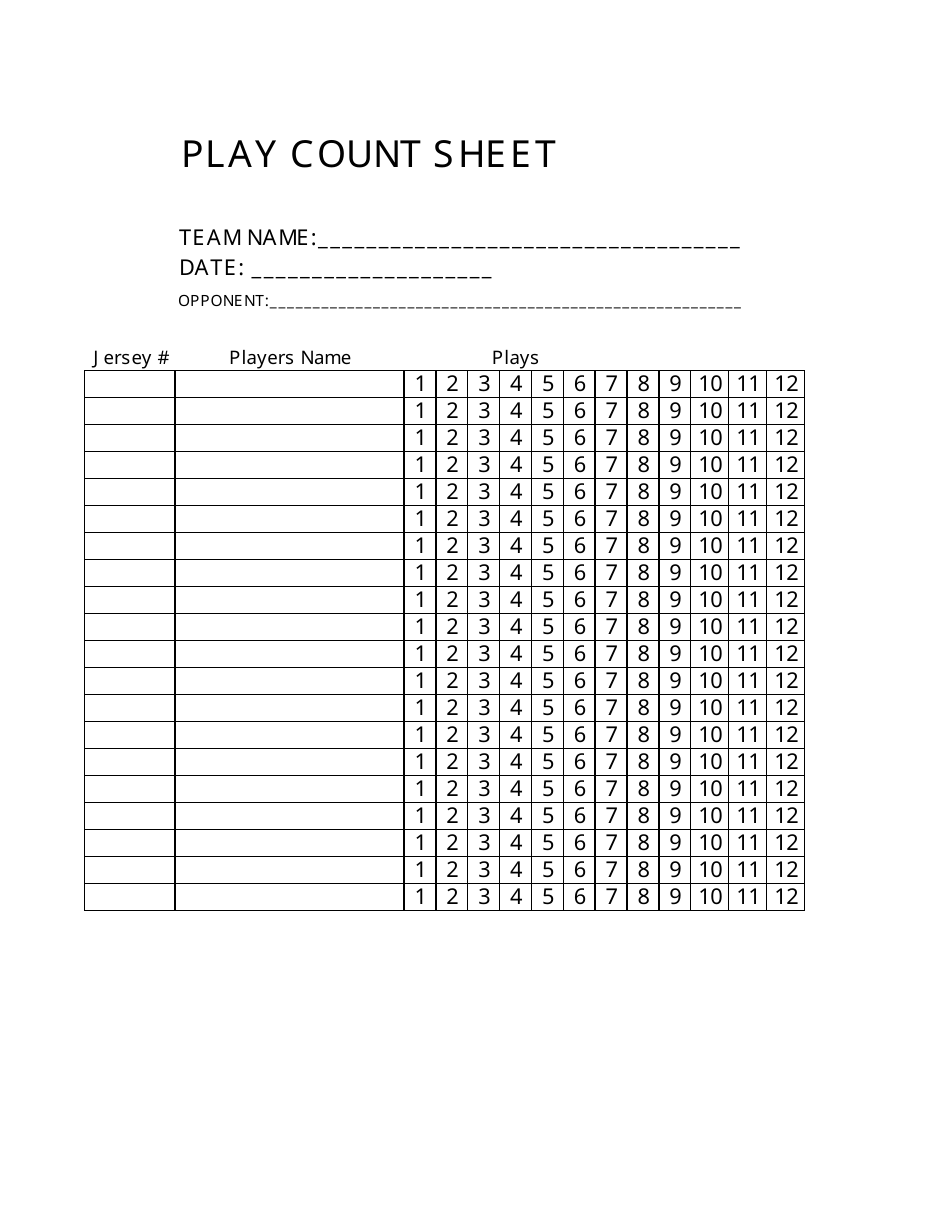
Simply select all the songs in Itunes (CTRL A, CTRL C) and paste them in Excel (CTRL V), don’t forget to sort by name first.ITunes is supposed to keep track of the songs you play on both your computer and on your iPod. You can go back to the new library with the same SHIFT procedure but then choose "iTunes Library" in the "iTunes" folder.Ĭomparing the playcounts of the old and new library can( for example) be done in Excel. Itunes will now open the old library with the old playcounts, song names, last played etc. Within that folder you will find a number of old ITL files (ITL stands for Itunes Library File, these files contain metadata like playcount etc.), choose the one with the date before you updated your Itunes to version 11 (in my case the name of the file was “iTunes Library ”).

Itunes will ask you which Itunes library you want to open, click “Choose Library”, then click the folder “Previous Itunes Libraries”.
Beatunes play count how to#
How to load the old library? Hold down SHIFT while you open Itunes (first press SHIFT, keep holding it down, then open Itunes). Of course, you could also just use the old library to identify wrong play counts and adjust them in the new library. You could load the old library (which in my case is pretty similar to the new one, since it is only 1 month old) and manually adjust the playcounts (by playing the songs an extra number of times) and also manually adjust newly added songs etc. One way to correct the wrong playcount is to open a previous Itunes library and adjust the playcounts manually. Always back up your files before tweaking. I haven't verified that there's absolutely no data loss with this method, but my library appeared fully intact when I tested it with iTunes 11 on OS X 10.8. After it's finished, you'll see the play counts from iTunes Media Library.xml. It will report that your library is corrupted, so it will fall back to the XML file that you've edited and rebuild the. ( more info) If everything works, you will not need the old contents of this file. The file itself needs to exist, but it must be empty so that iTunes will fall back to iTunes Media Library.xml. Remove the contents of your iTunes l file. This file is about to become the basis for your library's metadata. This will ensure that they're up to date.Ĭhange the play counts in the iTunes Media Library.xml file. Replace the contents of iTunes Media Library.xml and iTunes Library.xml with your newly created Library.xml. I'll refer to this file as Library.xml.Įxit iTunes and use the Task Manager to make sure it (and the iTunes Helper) are well and truly dead. Use File > Library > Export Library… to get an up-to-date XML representation of your library. This is the tricky part, so back up your files before editing them. Copy and paste them into a text file or something so you can put them in your current library next. Now you know what the accurate play counts were. Within this file, search for the songs whose play counts you want to restore. If you have backups of your iTunes library, find the most recent version of iTunes Media Library.xml from before the problem.

Step-by-step Retrieve previous information: When you restart iTunes, it will use the XML file and your edited information will be accepted.


Make sure it's up to date by exporting your library and copying the file, and then edit the play counts inside. If you quit iTunes and empty the contents of your iTunes l file, then iTunes will rebuild your library from the contents of iTunes Media Library.xml.


 0 kommentar(er)
0 kommentar(er)
